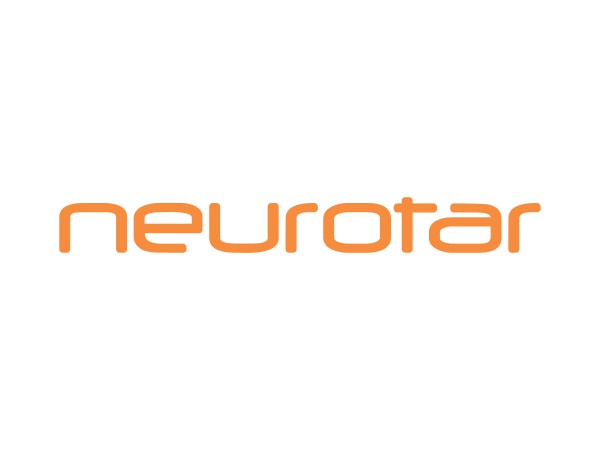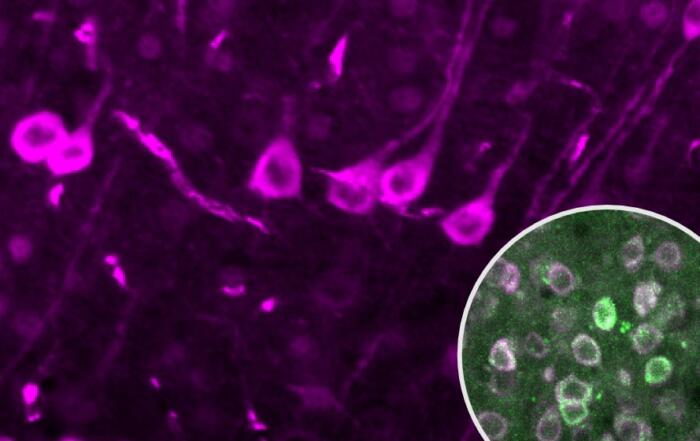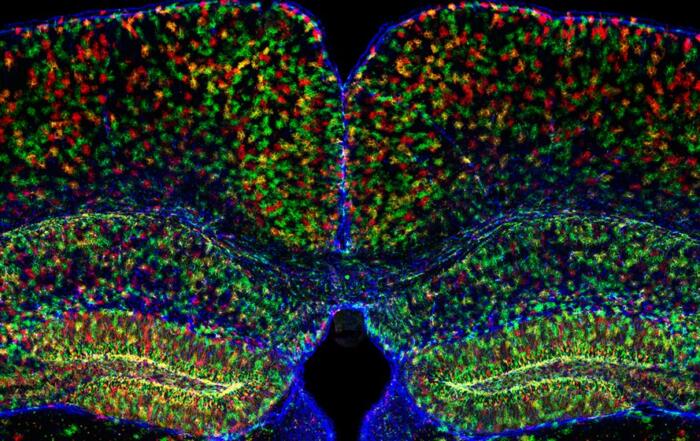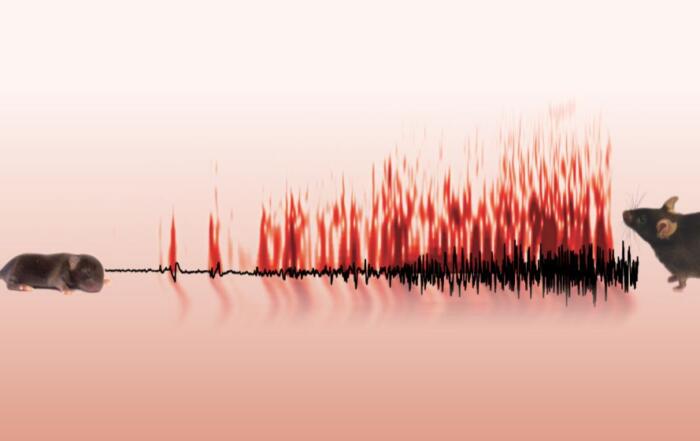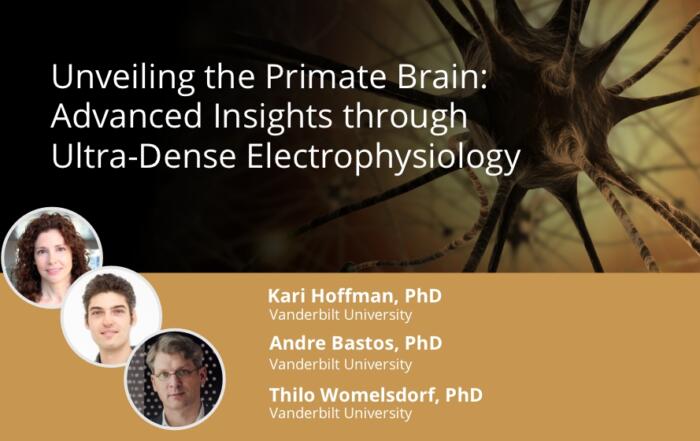In this Mandarin-language webinar, Dr. Freddy Yan will discuss head-fixed and head-mounted approaches to recording neuronal activity in awake, behaving mice.
Recording neuronal activity in awake behaving mice is indispensable for understanding sensory processing, cognition, or decision making. But there’s the rub: the targeted brain region must remain stable relative to the optical or electrical probe. This task is not trivial, because an awake mouse wants to move and explore its environment. Besides that: some experimental techniques may cause stress to awake mice thus undoing the benefits of removing anesthetics and the biases associated with them. Are we doomed to always choose between the two evils: anesthesia or stress?
The newest approaches to recording neuronal activity in awake mice seek to avoid both of these culprits. They roughly fall into one of the two categories: head-fixed and head-mounted approaches. This presentation describes both types of approaches and their representative commercial solutions. Besides that: it helps to understand the pros and cons of various solutions from the standpoint of different research objectives and methods. The presentation highlights the newest commercial head-fixation solution, the Mobile HomeCage, which allows correlating neural recordings with 2D locomotion and complex behavior, such as social interactions or maze navigation (in real tangible mazes).
Key Topics Include:
- Anesthesia and stress both distort neuronal recordings. Fortunately, it is no longer necessary to choose between two evils
- Differences between two novel approaches to correlating neuronal activity with behavior, head-mounted vs. head-fixed preparations
- The pros and cons of the most prominent commercial solutions within each category
- The Mobile HomeCage is the most recent/advanced head-fixation solution that allows integration with 2D locomotion, and complex behavior (sociability, maze navigation in real, tangible mazes)
Click to watch the webinar recording. To view the presentation full screen simply click the square icon located in the bottom-right corner of the video viewer.
Resources
To retrieve a PDF copy of the presentation, click on the link below the slide player. From this page, click on the “Download” link to retrieve the file.
Presenters
Application Specialist
Neurotar

